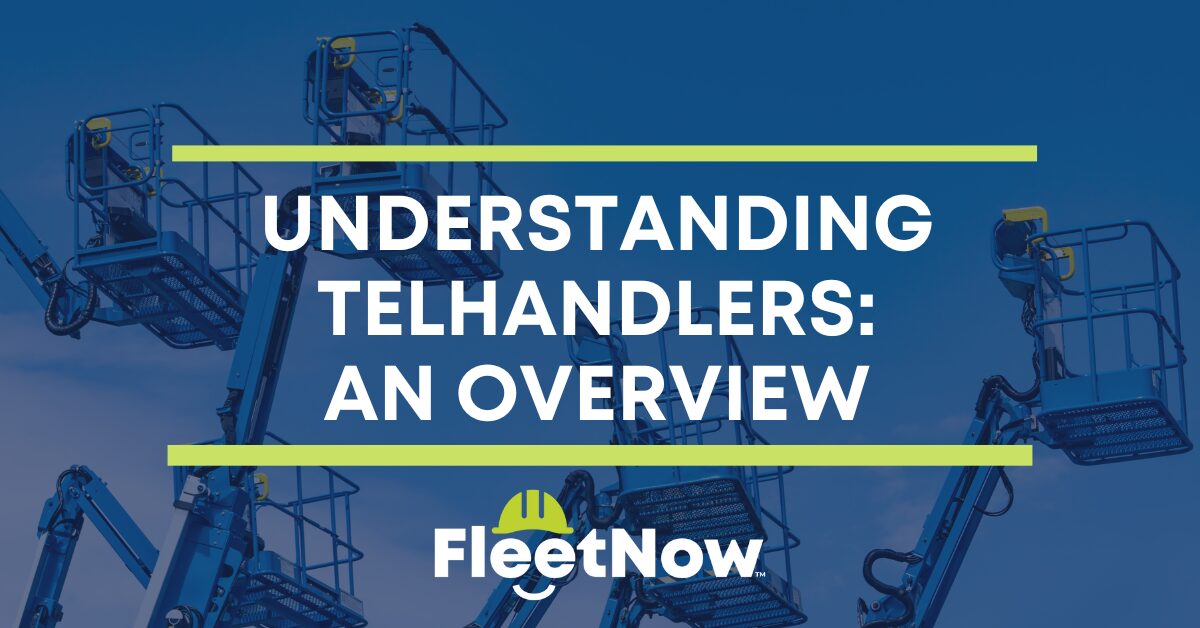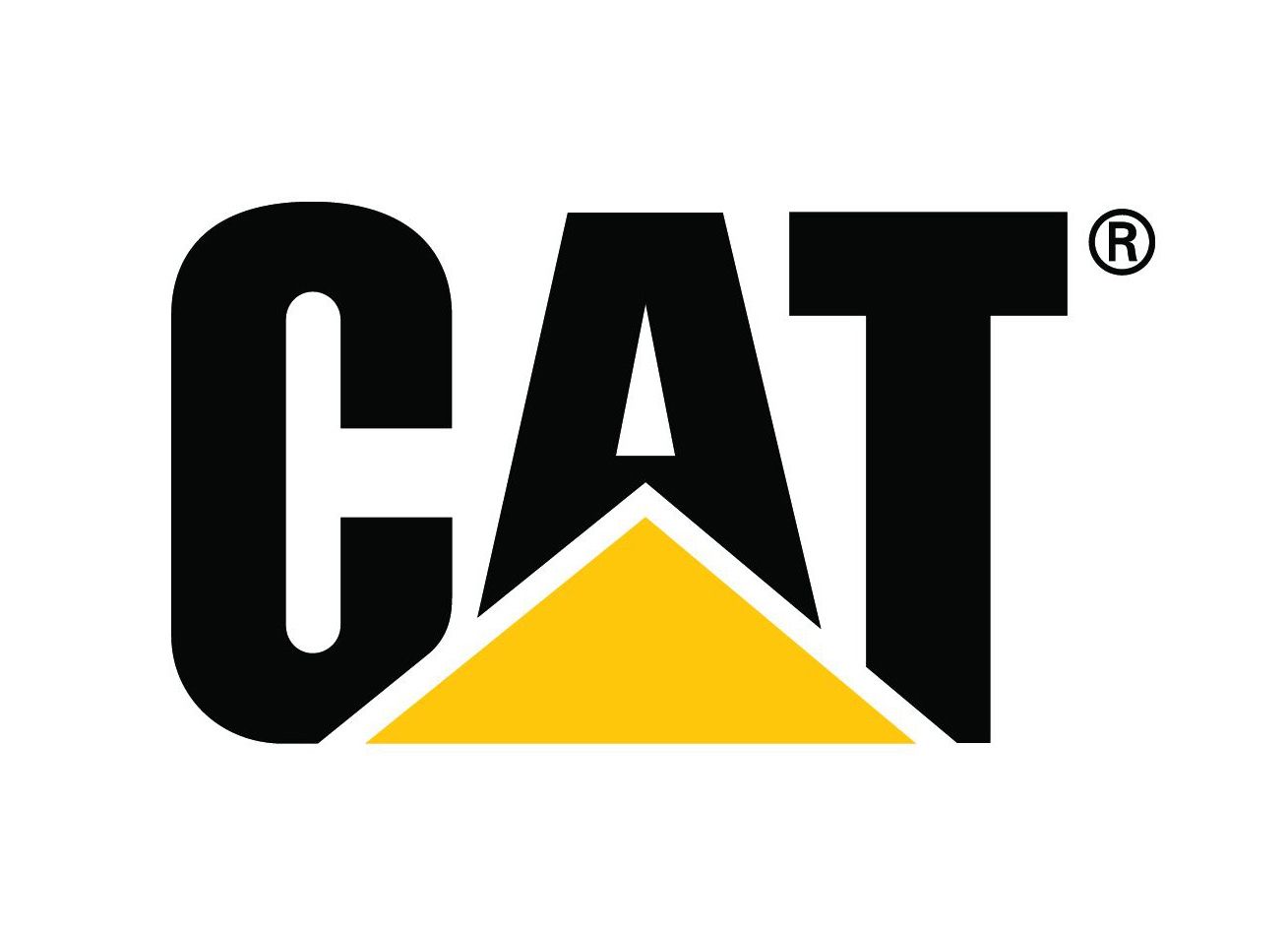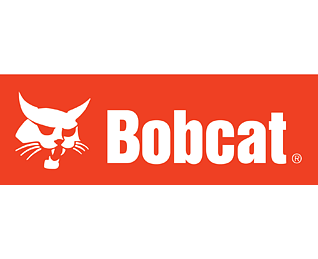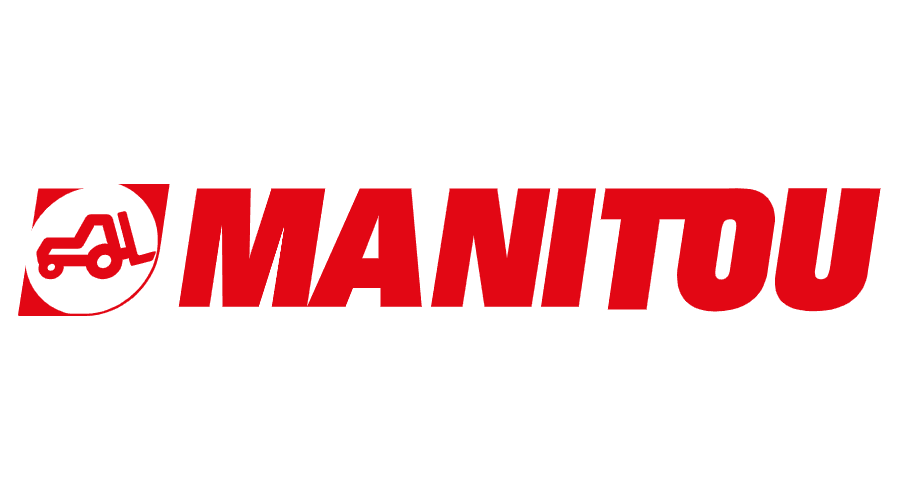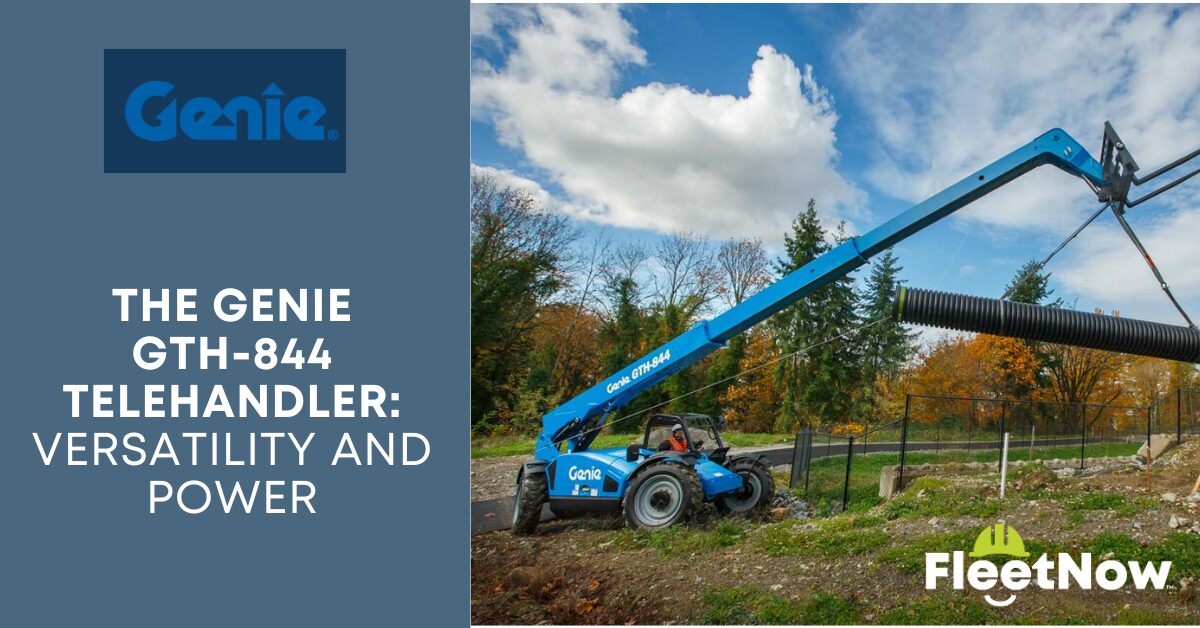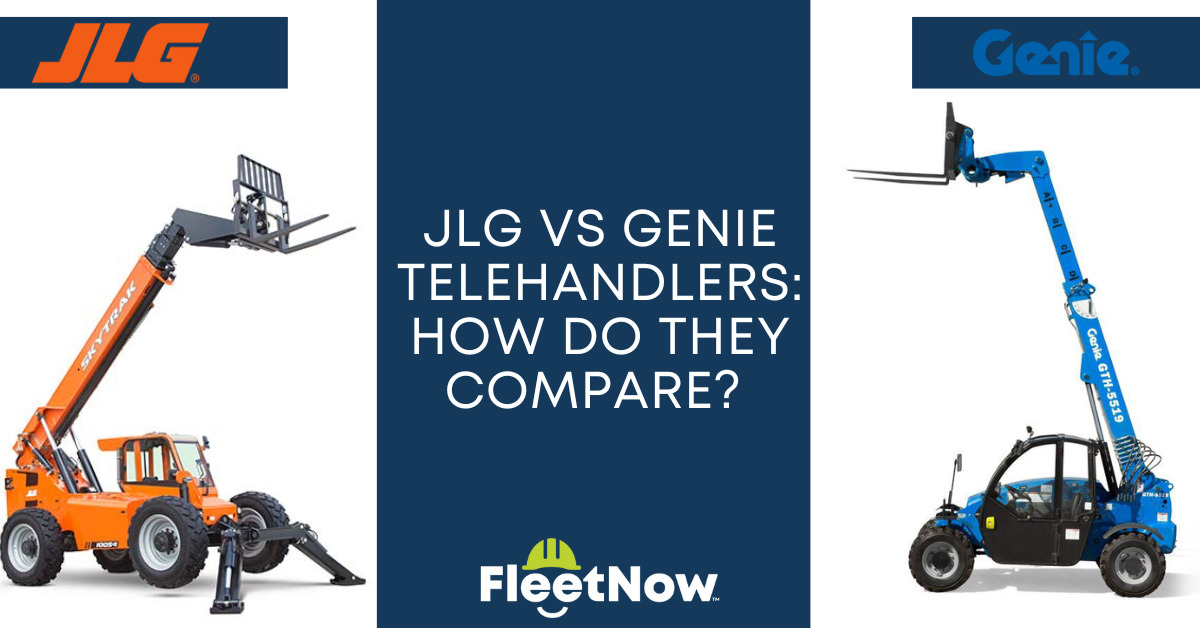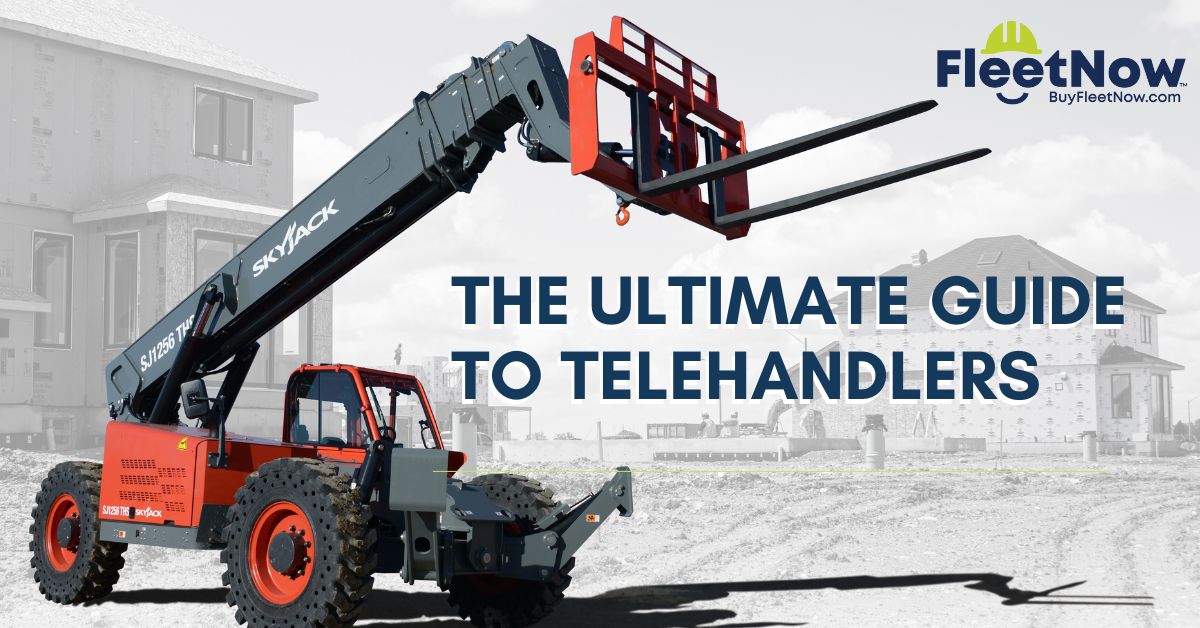Understanding Telehandlers: An Overview
Telehandlers are versatile and indispensable machines in various industries, particularly in construction, agriculture, and warehousing. These unique pieces of equipment combine the functionalities of a forklift with that of a crane, featuring a telescopic boom that can extend forwards and upwards. This capability allows telehandlers to lift and maneuver loads to heights and distances that traditional forklifts cannot reach. With their ability to handle diverse tasks such as lifting, moving, and placing materials, telehandlers have become essential for optimizing efficiency and productivity in modern workplaces.
What Are the Key Features of Telehandlers?
Key features of a telehandler include a telescopic boom for variable reach, lifting capacity ranging from several thousand pounds to over 10,000 pounds, four-wheel drive for off-road capability, various attachments like forks, buckets, or platforms, and stability features such as outriggers or stabilizers.
What Can a Telehandler Be Used For?
A telehandler is a versatile piece of equipment that can be used for a wide range of tasks across different industries. Some common uses of telehandlers include:
Material Handling: Telehandlers excel at lifting and moving heavy materials and equipment. They can transport pallets, building materials (like lumber, bricks, and pipes), and other bulky items around job sites.
Construction: Telehandlers are widely used in construction for tasks such as loading and unloading materials, placing loads at heights, and transporting construction supplies across uneven terrain.
Agriculture: In agriculture, telehandlers are used for various tasks including loading and stacking hay bales, moving feed and supplies, and handling equipment like plows or seeders.
Warehousing and Distribution: Telehandlers are employed in warehouses and distribution centers to stack and retrieve pallets from high shelves, load and unload trucks, and move heavy goods efficiently.
Maintenance and Repair: Telehandlers are valuable for maintenance work on buildings, machinery, and utilities. They can lift workers and tools to elevated areas for repairs or installations.
Landscaping: Telehandlers are used in landscaping projects to move soil, mulch, and plants, and to position landscaping materials for installation.
Utilities and Infrastructure: Telehandlers are utilized for tasks related to utilities and infrastructure maintenance, such as lifting and positioning utility poles, handling pipes, and performing installation work.
Event Management: Telehandlers are sometimes used in event management for setting up stages, lifting equipment, and handling materials during event setup and breakdown.
Demolition: Telehandlers can be used to transport debris and materials during demolition projects, aiding in the cleanup and removal of demolished structures.
What Are Popular Telehandler Manufacturers?
There are several well-known manufacturers of telehandlers that are widely recognized and respected in the industry. Here is a list of popular telehandler manufacturers:
- CAT: Caterpillar, a global leader in heavy equipment manufacturing, offers a line of telehandlers designed for construction, agriculture, and industrial applications, known for their durability and versatility.
- Genie: Genie, a subsidiary of Terex Corporation, specializes in aerial work platforms and telehandlers. Genie telehandlers are recognized for their compact design, ease of operation, and high performance.
- Bobcat: Bobcat, a division of Doosan Group, manufactures compact equipment including telehandlers suitable for construction, agriculture, and landscaping. Bobcat telehandlers are known for their maneuverability and efficiency in tight spaces.
- Manitou: Manitou Group is a prominent manufacturer of telehandlers, offering a diverse range of models for various industries. Manitou telehandlers are known for their robust build quality, advanced features, and versatility.
- SkyTrak: SkyTrak, part of the JLG Industries family (an Oshkosh Corporation company), specializes in telehandlers tailored for construction and industrial applications, emphasizing productivity and reliability.
Curious how certain manufacturers compare? Check out our blog post; Bobcat vs. Genie Telehandlers: How Do They Compare.
How Do Telehandlers Differ From Forklifts?
Telehandlers differ from forklifts primarily in their ability to extend and reach forward with the telescopic boom. Forklifts have a fixed mast and forks that can move up and down but cannot extend outward like a telehandler.
How Do You Choose the Right Telehandler for Your Needs?
Considerations for choosing the right telehandler include required lifting capacity, reach height, terrain conditions (e.g., rough terrain vs. smooth surfaces), attachment options (forks, buckets, platforms), and operational features like cab comfort and visibility.
Check out our blog post; Telehandler Safety: Best Practices For A Safer Workplace.

